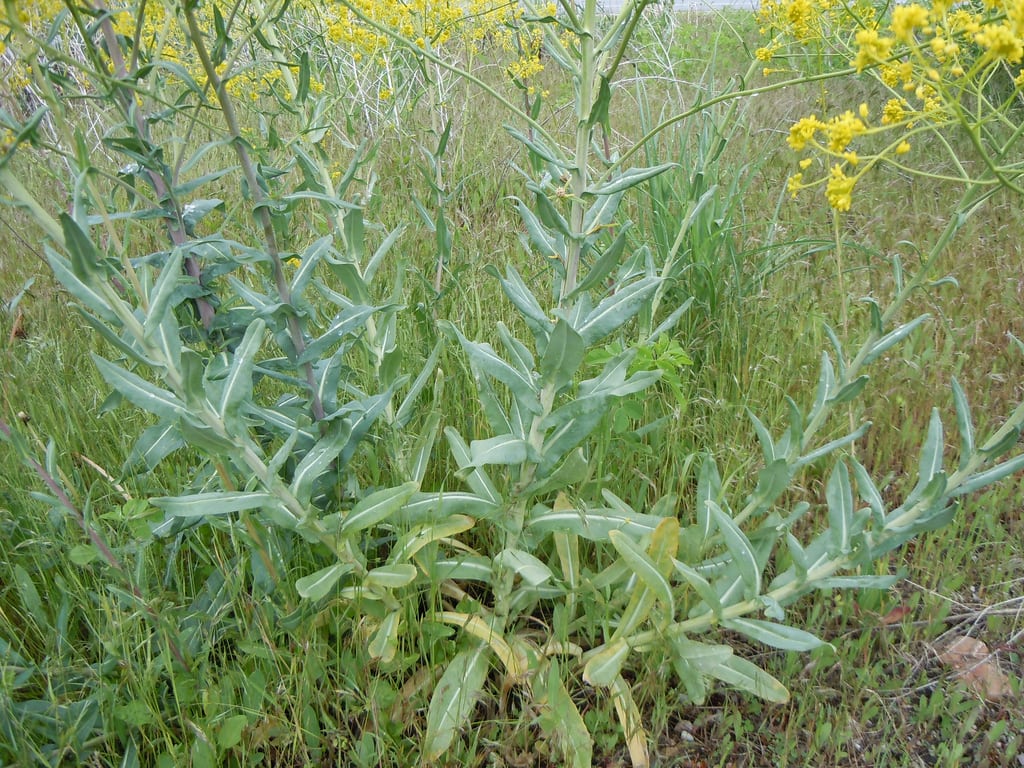Woad Leaf Harvesting – How To Pick Woad Leaves For Dyeing


If you’re at all interested in natural plant dyes, chances are you’ve heard of woad. It may not look like it, but in its plain looking green leaves there’s a very effective blue dye hiding. You just need to know how to get it out. If you’ve already planted dyer’s woad, the next important step in the process is harvesting the leaves. Keep reading to learn more about when and how to pick woad leaves for dyeing.
When to Harvest Woad Leaves
The color in dyer’s woad can be found in its leaves, so harvesting woad for dye is a matter of letting the leaves reach a certain size and picking them. Woad is a biennial plant, which means it lives for two years. In the first year, it focuses only on growing leaves, while in the second year it puts up a flower stalk and produces seeds. Woad dye harvest is possible in both seasons. In its first season, dyer’s woad grows as a rosette. You can begin harvesting the leaves when the rosette reaches about 8 inches (20 cm.) in diameter. If this is the second year of growth for your plant, you should harvest before it puts up its flower stalk. Dyer’s woad can spread very prolifically by seed, and is actually invasive in many areas, so you don’t want to give it the chance to flower or put out seeds. Second season woad leaf harvesting should include digging up the entire plant, roots and all.
How to Pick Woad Leaves
There are two ways you can go about picking the leaves during a first season woad dye harvest. You can either remove the entire rosette, leaving just the roots intact, or you can pick only the largest leaves, the ones that are 6 inches (15 cm.) or longer, and leave the shorter leaves in the middle of the rosette. In either case, the plant will continue to grow, and you should be able to get several more harvests out of it. If you pick the entire plant, of course, you’ll get fewer harvests, but you will have more leaves to work with this time. It’s completely up to you.
Sign up for the Gardening Know How newsletter today and receive a free copy of our e-book "How to Grow Delicious Tomatoes".

The only child of a horticulturist and an English teacher, Liz Baessler was destined to become a gardening editor. She has been with Gardening Know how since 2015, and a Senior Editor since 2020. She holds a BA in English from Brandeis University and an MA in English from the University of Geneva, Switzerland. After years of gardening in containers and community garden plots, she finally has a backyard of her own, which she is systematically filling with vegetables and flowers.